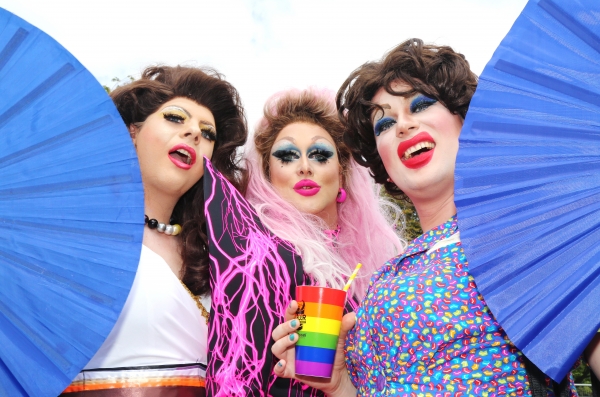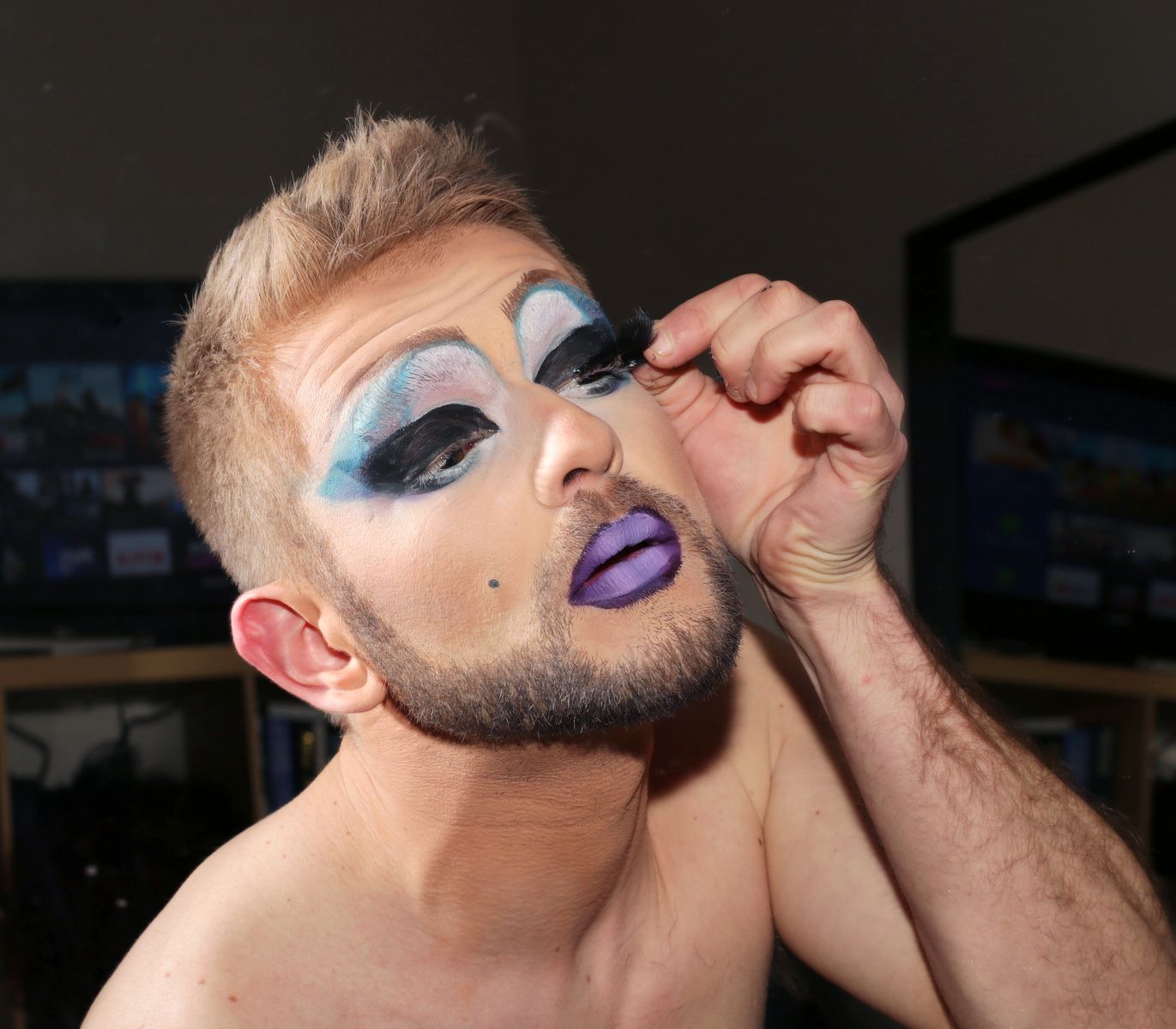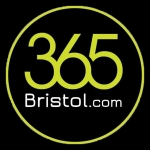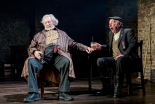
The new Kings and Queens of England: an in-depth look at Bristol’s drag scene
Posted on: 07 Jan 2020Professional photographer and writer, Shelby Alexander, takes a look at Bristol’s burgeoning drag scene. Discover a short history of the art form and its community, and where to find it in Bristol.
I think I was a very sheltered teenager, much more naïve at 17 years old than my daughter is now at 13. The Life of Brian and The Rocky Horror Picture Show were banned in my house growing up, my dad calling them "disgusting".
Obviously, as any teenager would, I sneakily watched both of them at my friends' house. Sara and I would hang out in her bedroom eating crisps and drinking cider, listening to the Rocky Horror soundtrack on repeat until we knew every single word. I blame Tim Curry for my love of drag.
Drag has come a long way since my childhood memories of Dame Edna Everage and Lily Savage hosting tv talk shows. Their working class, middle-aged female characters handing out politically incorrect insults to guests, inviting us to laugh at them, are now immortalised as comedy legends. Their outdated brand of humour has, thankfully, been left behind.
 Drag artist Marianna Trench getting ready for a performance.
Drag artist Marianna Trench getting ready for a performance.
As kids, we were taken to see the panto at Christmas with the larger than life Dames in huge hair and over the top makeup. The men in women's clothes usually played the baddie, and they were there to be laughed at by the audience. For many, these characters were the only chance that the mainstream public had to experience drag. Now, 30 years later, drag has transformed into a highly influential social movement.
Up until the last decade, drag shows were still very much hidden in underground clubs and backstreet bars and Bristol's scene was no different. It was very rare to spot a drag queen outside of this environment. It was a form of entertainment that was purely limited to white gay men and niche venues only.
It seemed to me, perhaps unsurprisingly, to be a very closed community. I later learned that many drag performers had been rejected by their families after coming out and had made a safe haven for themselves with support and love from the community around them. With a safe space to express themselves, members of the drag scene had made new families for themselves, with older Queens looking after the new ones.
My first real drag experience came about five years ago when I first went to Shambala Festival. Girls were dressed as boys and boys were dressed as girls - and everything else in between. I went as my male alter ego 'Jerome'. It was that night that I finally saw my very first drag show, Sink the Pink, while wearing a massive ginger moustache. The show was utterly magical and so full of happiness; everyone in the marquee was singing, dancing, hugging and kissing. There was so much joy in one place. This was the drag I needed in my life. It was everything that I had hoped it would be.

Over the next couple of years, I started to see Bristol's drag world come alive. There's no denying that RuPaul has made drag more mainstream, more accessible and more acceptable; it has given performers a new kind of liberation that drag queens haven't experienced before and as a result, there has been a real surge in Alternative Drag. There is now room on the stage for AFAB Queens, Kings, performers of colour and a diversity of genders.
Drag is no longer just for predominantly white, gay men and although the traditional camp queens still exist, with feather boas and bouffant hair, they have helped to forge the way for a new generation with an unwavering commitment to their art. There are more safe spaces opening up, too, welcoming not only new types of drag but new audiences.
The styles of drag performances are varied, from punk and political, to stand up comedians; from singers to lip syncers. There's boy queens, girl queens, girl kings, drag princes; all fabulous and armed with perfected crafts. It's a far cry from the male-dominated, misogynistic drag of 1970's TV. Now the new Kings and Queens of England are paving the way, pushing the gender boundaries further. A new drag is emerging - one that is for everyone.
Gone are the days when drag was something you had to seek out, it is there for the taking. The best drag exists on our very own stages, clubs and bars, not from the safety of your sofa. The audience is changing at a rate never seen before, too.
If you want to dip your toe in for starters, venture to a Drag Queen Bingo event, or head to the Old Market Assembly's drag talent contests. Here, you'll meet the big-hearted Chocolate City Sisters, whose kindness and comedy will edge you into drag gently. Alternatively, buy a ticket for ESDR (Eat Sleep Drag Repeat) who bring the stars from RuPaul's Drag Race to the Bristol stage. Bristol also has its very own drag family, too: The Haus of Slaughter. They host a monthly show packed with some of Bristol's best talent.

The more time I spend within Bristol's drag community, the more I see the Queens growing in confidence, passion and talent. They unapologetically love what they do. They are genuinely the sweetest and most beautiful souls I have ever met, so sure of who they are.
They are supportive and giving to each other and have created the community we have in Bristol now. The new Queens have changed the way we see drag, and whether it's styles, genders, performances or anything else, this community has grown so strong over the last couple of years.
From a time when drag queens were shunned and hidden from view, they have turned things around to make sure that no one feels rejected. I have never felt so welcome in any bar or club before. Everyone is welcome - it doesn't matter what gender you are, how you dress, or if you like kissing girls or boys or both. Drag is for everyone, and it is an amazing way of connecting with people. Bristol's community have opened their arms and pulled me in, and I love them all wholeheartedly.
Drag performers are just that: performers. Please, please don't just run up to a drag king or queen and take a selfie. Have a conversation with them. Buy them a drink. Never touch them where you wouldn't want to be touched without consent. The drag community is one of the most vibrant, welcoming, loving and genuinely joyous across the whole of the performing arts – follow these simple rules, and the door of drag is open to you.
Read more:
-
LOUD Magazine: In conversation with Bitch, Please!
Article by:

Shelby is a Bristol-based photographer and writer.

